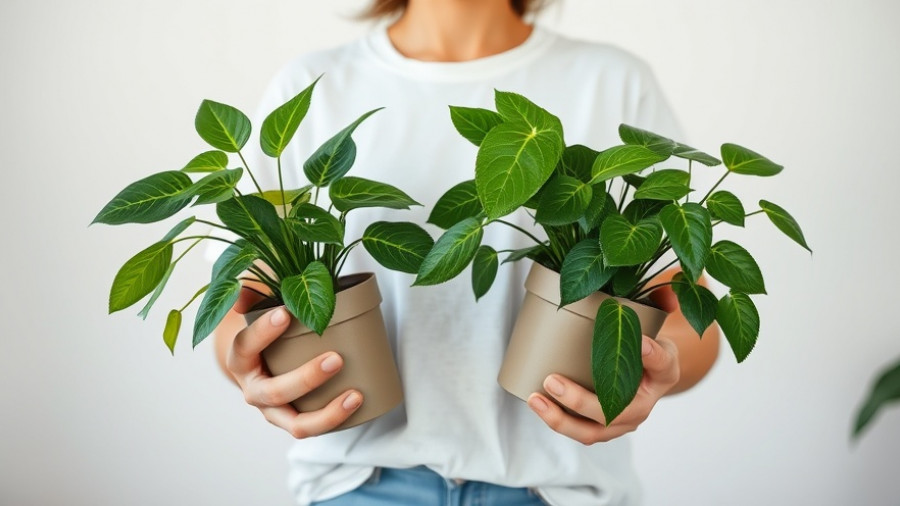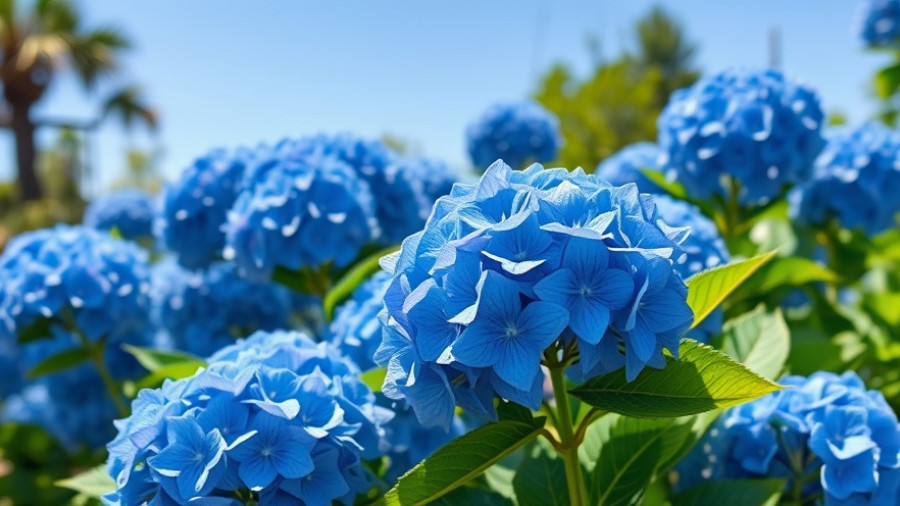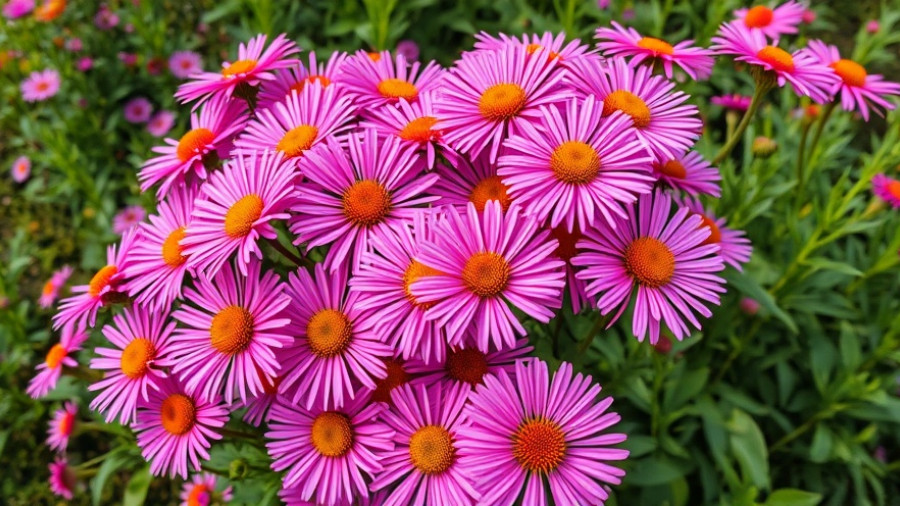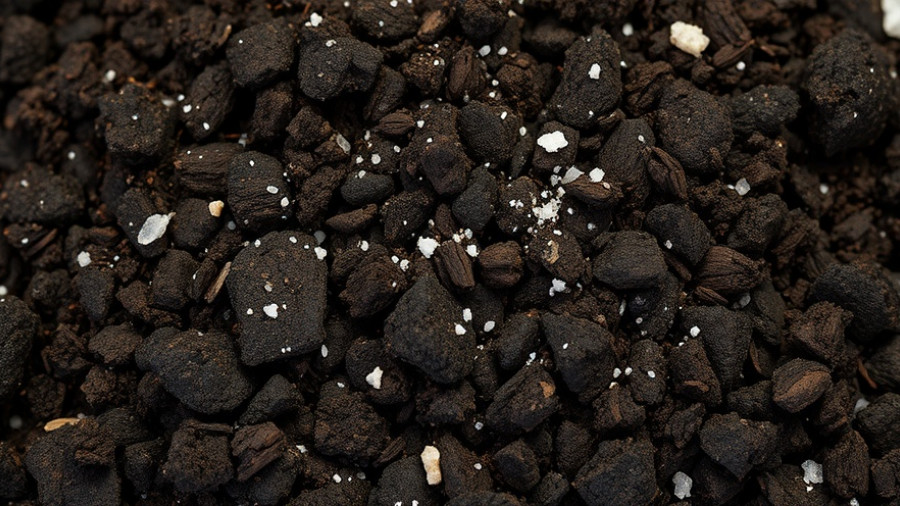
Safeguarding Your Houseplants: Mistakes to Avoid This Winter
As winter approaches, the excitement of bringing your beloved houseplants indoors can often be overshadowed by the stress of ensuring their well-being during the colder months. It's vital to transition your potted plants with care, especially those that are frost-tender, like monsteras, alocasias, and tender herbs. Mistakes in timing or procedure can lead to a tragic fate for these lovely green companions, which thrive in warmer, more humid environments. Below are key pitfalls to avoid this winter.
Waiting Too Long to Bring Plants Indoor
One of the most common mistakes gardeners make is delaying the transition until experiencing frost. Even slight drops in temperature can shock your plants. Most houseplants benefit from being moved indoors before nighttime temperatures fall below the mid-50s (around 10°C). If temperatures drop into the 40s (4°C), these tropical plants can begin to suffer—resulting in browning leaves or even plant death. Taking preemptive action by observing temperature trends will ensure you do not lose your cherished plants to unexpected frosts.
Pest Inspection: A Critical Step
Before relocating your plants, a thorough inspection for pests should not be overlooked. Bringing in an infested plant can quickly turn your home into a battleground against spider mites or aphids. By treating any harmful insects before your plants enter your indoor space, you can avoid long-lasting infestations. Use neem oil or insecticidal soap during this thorough cleaning, focusing on vulnerable areas such as under the leaves where pests often hide.
Acclimation Can Make the Difference
Sudden changes in light conditions can induce shock in your plants, resulting in leaf drop or yellowing due to stress. Before bringing plants indoors, gradually acclimate them to lower light levels by reducing their exposure to bright light over the week leading up to the transition. This preparation mimics natural conditions and helps minimize shock, which is vital for their longevity during winter.
Understanding the Wintering Process
As houseplants settle indoors, it’s essential to recognize that they require different care. This winter, plants experience what is known as 'quiescence,' a dormant state, similar to hibernation, when growth naturally slows down. Green-thumb advocates like Maria Failla from the Growing Joy with Plants podcast emphasize that this period requires patience. Plants often showcase changes like leaf drop and stunted growth, which should not be mistaken for failure; rather, it's part of their natural cycle.
The Humidity Challenge: What You Need to Know
Indoor heating systems can drastically reduce humidity levels, which is hardly what tropical plants are used to. Failla encourages using a hygrometer to monitor humidity levels, aiming for consistency around 40% to 50% humidity. This adjustment can be achieved by grouping plants together, thus creating a localized humid microenvironment, or by using a humidifier. Additionally, incorporating a glass cloche over individual pots can help maintain moisture.
Light Management for Healthy Growth
During winter, your plants may not receive sufficient natural light due to shorter days. To combat this, consider moving your plants closer to south-facing windows or utilizing grow lights to provide them with the 12-16 hours of light they need to flourish. Regularly rotating the plants also ensures that all sides receive equal exposure, promoting healthier growth and a more balanced structure.
Pruning and Cleaning: Essential Tasks
As leaves become dusty throughout autumn and winter, keeping them clean is crucial. Clean leaves can absorb sunlight more effectively and promote better photosynthesis. You can gently wash smaller-leaved plants in the shower or wipe the larger ones with a damp cloth. Pruning any unhealthy or yellowing leaves allows the plant to conserve energy for healthier foliage during its quieter months.
Watering Wisely: Avoid Overkill
With decreased growth rates in winter, plants require less water than they do in warmer months. Monitoring soil moisture levels ensures your plants stay adequately watered without the risk of overwatered roots, which can lead to rot. Experimenting with different watering schedules according to your home’s unique climate is key to maintaining healthy plants throughout winter.
Maintaining your houseplants during the winter does take effort, but with careful preparation, it’s entirely possible to help them thrive. By avoiding common mistakes, you ensure that your indoor garden remains vibrant, even through the coldest months. Want to enhance your outdoor spaces as well? Explore practical tips on backyard makeover ideas and container gardening by connecting with our community today!
 Add Row
Add Row  Add
Add 




Write A Comment